Steve Knockwood, a citizen of the Mi’kmaq Nation, is a peer recovery coach and outreach specialist for Wabanaki Public Health & Wellness. (Photo: Elyse Wild)
‘I came back to my culture, and I healed.’
As Maine's tribes confront an addiction crisis, Wabanaki Public Health & Wellness pioneers a treatment model that returns cultural practices to the heart of addiction recovery.
Story and photography by Elyse Wild
This story is the third of a 3-part series produced in partnership with the Pulitzer Center on Crisis Reporting.
BANGOR, Maine — Steve Knockwood spends most days crisscrossing Northern Maine in his pickup truck. He is a citizen of the Mi'kmaq Nation, one of the state’s four federally recognized tribes known collectively as the Wabanaki Nations. (The Maliseet, Penobscot, and Passamaquoddy are the other three). He might be visiting houses where illegal drugs are sold, detox facilities or homeless shelters or encampments, but his mission is always the same: help his fellow Wabanaki tribal members in active addiction access whatever resources they need to get to recovery — or, if they aren’t ready for recovery, to get through the day. That can mean anything from food, water, or simply company to naloxone to reverse an overdose — just in case.
This community work is an example of how Indian Country is innovating care models that merge addiction science with cultural values and practices to increase positive outcomes with limited resources and widening overdose disparities.
Today, Knockwood works for Wabanaki Public Health and Wellness (WPHW) as an addiction peer support specialist and a resource broker. He is a key figure among many in the organization's concentrated efforts to improve access to recovery and build addiction services centering on cultural practices and values that proponents say are critical to helping them heal from addiction.
At 49 years old, Knockwood is an imposing figure: tall with wide shoulders, he looks like he could build a house with his bare hands. His hair hangs in a long gray ponytail down the back of his Carhartt t-shirt. His voice is forged from the belly of Maine, with sharp vowels swallowing the r’s at the end of his sentences.
For seven years, Knockwood has been healing from decades of addiction. At his worst point, his daily consumption consisted of black-market fentanyl, crack and more than 30 prescription opioid pills. Addiction, he told us, filled the absence the loss of his culture left.
When he was connected with a counselor who encouraged him to explore his Native identity, in 2017, he started recovery.
“It was a jumping-off point of no return,” he said.
Knockwood began going to sweat ceremonies. He started practicing flintknapping, a traditional practice in which flint stones are shaped with tools. He smudges every morning — burning a small bundle of herbs such as sage, sweet grass, or cedar, gently filling his space the smoke. Smudging is a common practice in Native communities, and is often used to purify or cleanse a person or space before ceremony.
Embracing his cultural journey was scary, he said, as he confronted the painful family history of Indian Boarding Schools and forced assimilation.
“I had inherited this pain from my ancestors. There was a void, a stripping of culture, of who we were and who I am. I came back to my culture, and I healed.”
Drops of Rain in the Desert
While overdoses among the white population nationwide dropped 14 percent post-pandemic, they continue to rise in Native American communities.
Melissa Walls, PhD (Couchiching First Nation and Bois Forte Band of Ojibwe), co-director of the Johns Hopkins Center for Indigenous Health, told Native News Online in November that the disparity points to systemic inequities rooted in colonialism and generations of genocide and forced assimilation that continue to be driven by federal neglect of treaty promises.
The accumulating effects of this oppression permeate day-to-day life in much of Indian Country. More than any other population, Native people contend with a lack of basic necessities like running water and electricity. In Maine, the population of Native Americans in prison was five times that of the white population in 2018. The issue of stolen land is one that continues to invoke frustration. A 2015 report found the state had never even bothered to implement the Indian Child Welfare Act, forcefully removing children from their Native family and placing them with white families at a rate 5 times higher than non-Native kids, decades after a Federal law to prevent that had gone into effect.
All this has led to a crisis of self-medicating. Maine has one of the highest overdose rates in the country, according to the CDC, and many of the Wabanaki Nation's 8,700 members live in areas of the states that are most affected.
Last year, state and local governments across the country began receiving funds from settlements reached with opioid manufacturers. The Wabanaki Nations will receive just $2.9 million over 18 years, while the state of Maine’s settlement is nearly 80 times that amount at $230 million.
“We got a few drops of rain in the desert,” Knockwood said of the $2.9 million the Wabanaki Nations will receive.
Advocates say the money isn’t enough for needed resources to battle addiction in Maine’s tribal communities, while the Indian Health Service, tasked with providing healthcare for millions of Native Americans, is underfunded by more than $40 billion, according to a 2024 budget analysis by Native News Online.
Deep Wounds Require Deep Healing
“When you see communities of deep wounds, deep unattended wounds, you can't blame the people for the medication they're trying,” WPHW Co-CEO Lisa Sockabasin (Passamaquoddy at Motahkomikuk) told Native News Online, adding that she would get phone calls alerting her of Wabanaki people who had left detox programs that were not oriented towards the Wabanaki way of being. She remembers driving around Lewiston, Maine, looking for a tribal member who had left treatment due to racism.
“We kept losing people when they would go to detox elsewhere, places where they didn’t speak the language or there (were) no other Natives,” she said. “We realized we needed to create our own.”
Maine is one of the whitest states in the nation, and generational trauma and racist policies in practice underpin addiction.
In order to respond to the crisis, Maine’s tribes merged the non-profit Wabanaki Health & Wellness with the Wabanaki Public Health District to create Wabanaki Public Health & Wellness (WPHW) in 2020. It was the tribe’s solution to the need for accessible addiction care geared toward their tribal citizens floundering in a state system designed to exclude them.
“The state is notoriously against tribes at a larger scale,” Sockabasin said. “There was no way we were going to overcome the disparities that have existed here for generations if we did not have another system of care that could catch people.”
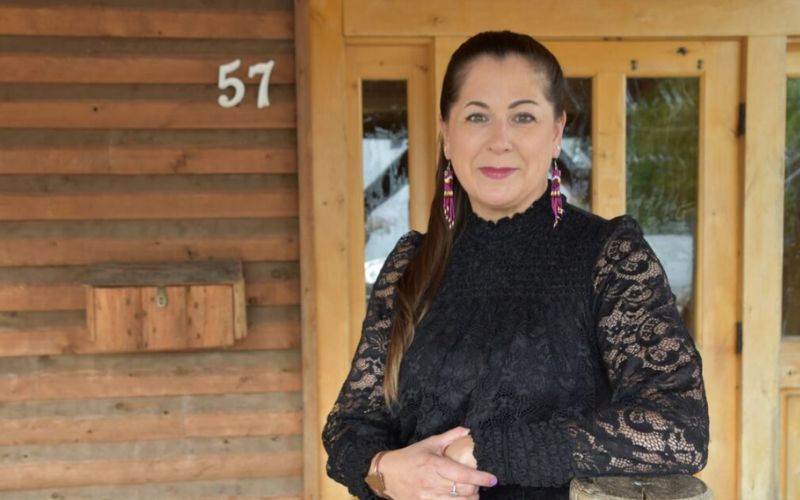
Lisa Sockabasin (Passamaquoddy), co-CEO of WPHW, led the organization’s growth from 20 to 250 staff members in four years, expanding culturally centered addiction treatment across Maine. “We need to create our own,” she says of developing Native-led programs. (Courtesy photo)
Since its founding, WPWH has grown from under 20 staff members to more than 250 today. The organization’s revenue grew from $4.7 million in 2020 to four times that at $16.2 million in 2023. In four years, it opened two recovery houses, a detox facility, two medication-assisted treatment centers and launched a twelve-step program tailored toward Native values. The expansion was supported in part by the Indian Health Service's Community Opioid Intervention Pilot Project (COIPP), which granted $16.2 million to 35 projects to develop culturally-appropriate and family-centered opioid prevention, treatment and recovery activities.
All of the services center on Wabanaki culture but are open to non-Natives, too.
Withdrawal and detox
"The biggest battle is detox," Knockwood said. "The state of Maine is a horror show."
People who have experienced opioid withdrawals call it terrifying. During withdrawal, the body can be wracked with muscle pain, vomiting, diarrhea, fever, acute anxiety, and sometimes, hallucinations.
The opioid crisis is exacerbated by a shortage of detox beds in facilities where opioid withdrawal can be done safely, under medical supervision, and managed with medication. The process is often painful, exhausting, and even life-threatening, with physical symptoms sometimes leading to heart failure. Fear of withdrawal, rather than the desire to use drugs, can become a driving force for many people in active opioid addiction.
Yet, in June 2023, there were just 26 detox beds in the entire state that accepted MaineCare, the state’s Medicaid insurance. Waiting lists for a bed can be months long.
Last year, Wabanaki Public Health & Wellness opened the Cedar Road Detox program in downtown Bangor. The facility is licensed for 10 detox beds.
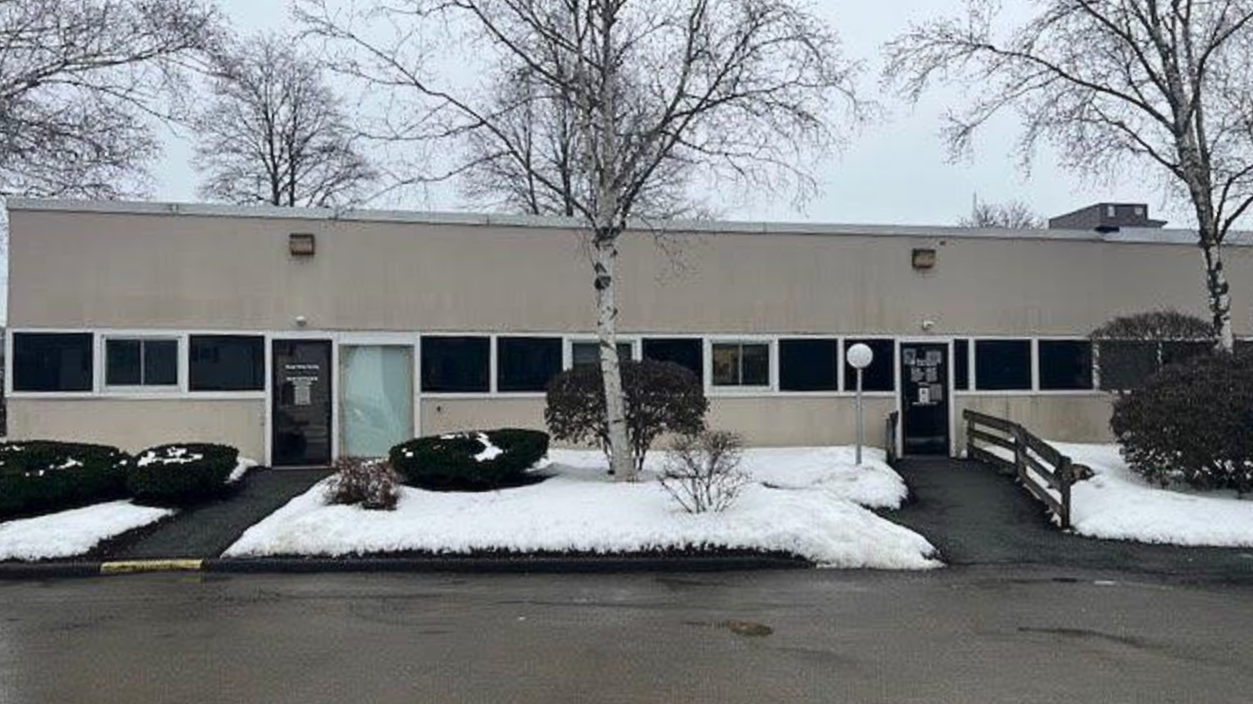
Cedar Road Detox, WPHW’s 10-bed facility in downtown Bangor, brings culturally-centered withdrawal treatment to an area with critical shortages in detox care. (Photo: WPHW)
Sockabasin describes Cedar Road as a sacred place, with natural elements and art depicting animals that hold cultural significance to the Wabanaki. There is also plant medicine, like cedar, in each room.
Cedar Road is one of two WPHW facilities that provide the only three FDA-approved pharmaceutical “medicine-assisted treatment,” (MAT) for treating opioid use disorder: Methadone, buprenorphine or suboxone, and Naltrexone.
Many users may be on these medications, which are all habit-forming, for the rest of their lives, and some of these meds, like methadone, are made by a company, Mallinckrodt, which manufactures opioids that are part of the aforementioned settlement deal.
In some countries outside of the U.S., opiate addicts are given opiate maintenance and weaned from the drug.
In the U.S., people in recovery from opioid addiction are 50 percent less likely to die when treated long-term with medication that reduces cravings. But, many will be on the medication to treat opioid addiction for life.
An hour north of Bangor is Millinocket, a once-booming logging town. On the main road is a 100-year-old cabin-style lodge that houses the WPHW Healing Lodge, the organization’s other MAT center. It’s the only one in the area.
“There is a stigma against us, ‘drunken Indians,’” Knockwood said. “Thank god not every single person here felt that way. We had some very strong supporters.”
Even though the WPHW Healing Lodge was bringing much-needed treatment to one of Maine’s hardest-hit areas, Sockabasin and Knockwood say the organization received angry letters and threats of violence.
Sockabasin said the vitriol and resulting fear the Native community felt wasn’t unfamiliar.
When you are afraid, Sockabasin told us, “That’s when you go into ceremony.”
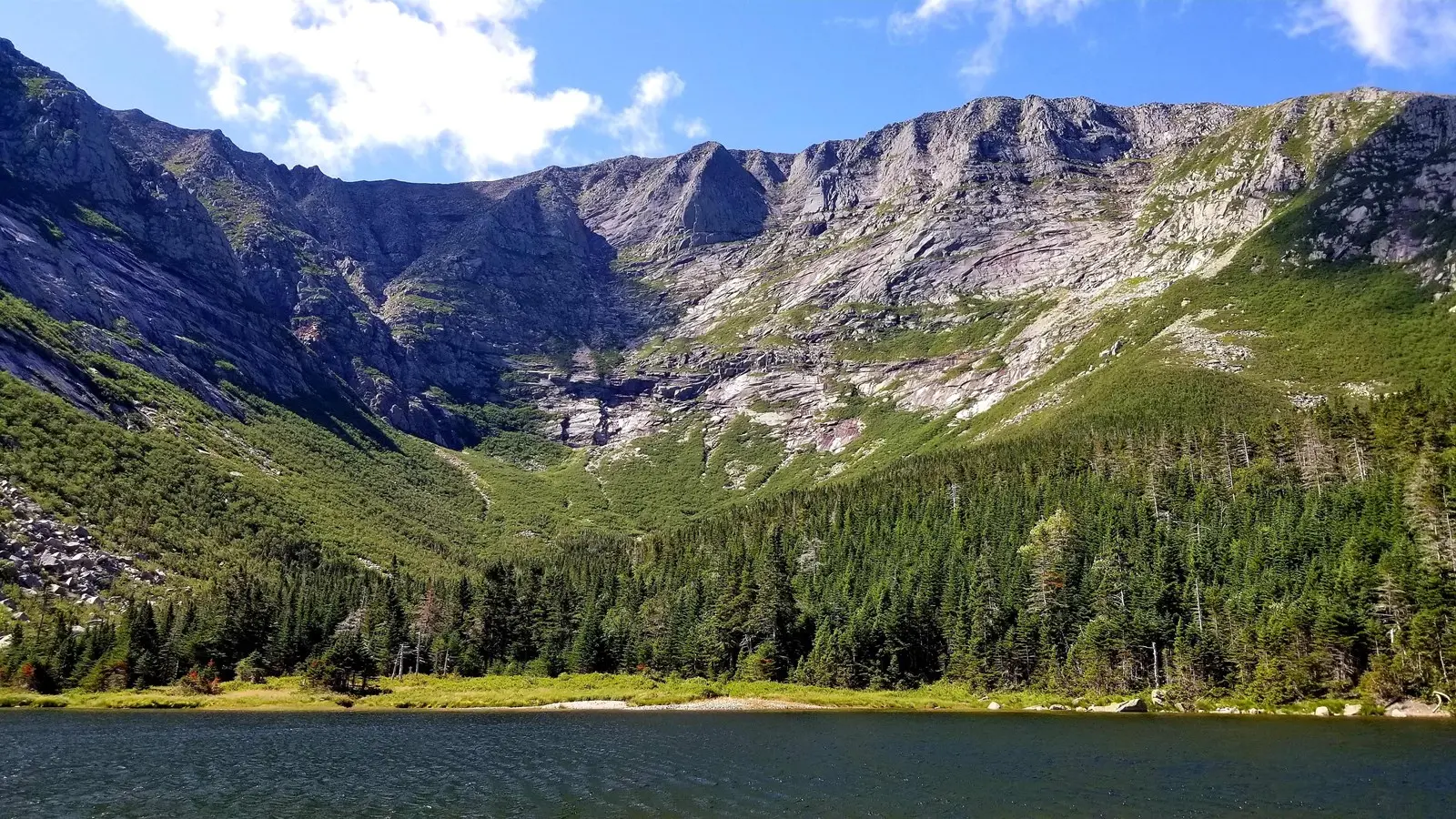
Mount Katahdin, Maine’s tallest peak and a sacred place for the Wabanaki, rises above Millenocket, home to WPHW’s Healing Lodge. (Photo: National Park Service)
Healing
For WPHW, that ceremony meant showing up to offer healing to the whole Millinocket community. They set up a free weekly farm stand to share goods from their food sovereignty program, supported events, and invited the town to their own. Today, WPHW is one of the largest sponsors of the annual Millinocket Marathon, which begins at the Healing Lodge.
Knockwood says the approach is emblematic of core Wabanaki values.
“You are our relation, whether you want to call it that or not,” Knockwood said. “That's how we see you, and we show up without conditions. We are here, and we're gonna show up for your community.”
Both Cedar Road and the Healing Lodge have a tribal member onsite in case patients want to connect with someone on a cultural level by smudging, forming a talking circle or engaging in ceremony. One month, the program hosted a group of Wabanaki elders who performed five-point acupuncture — known to relieve pain and reduce the effects of opioid withdrawal.
The Healing Lodge provides space for gathering and ceremony. Volunteers cook meals with Indigenous foods, like wild berries and nuts, clams, corn, squash and tubers, in the restaurant-grade kitchen. The decor is sourced from Wabanki artists.
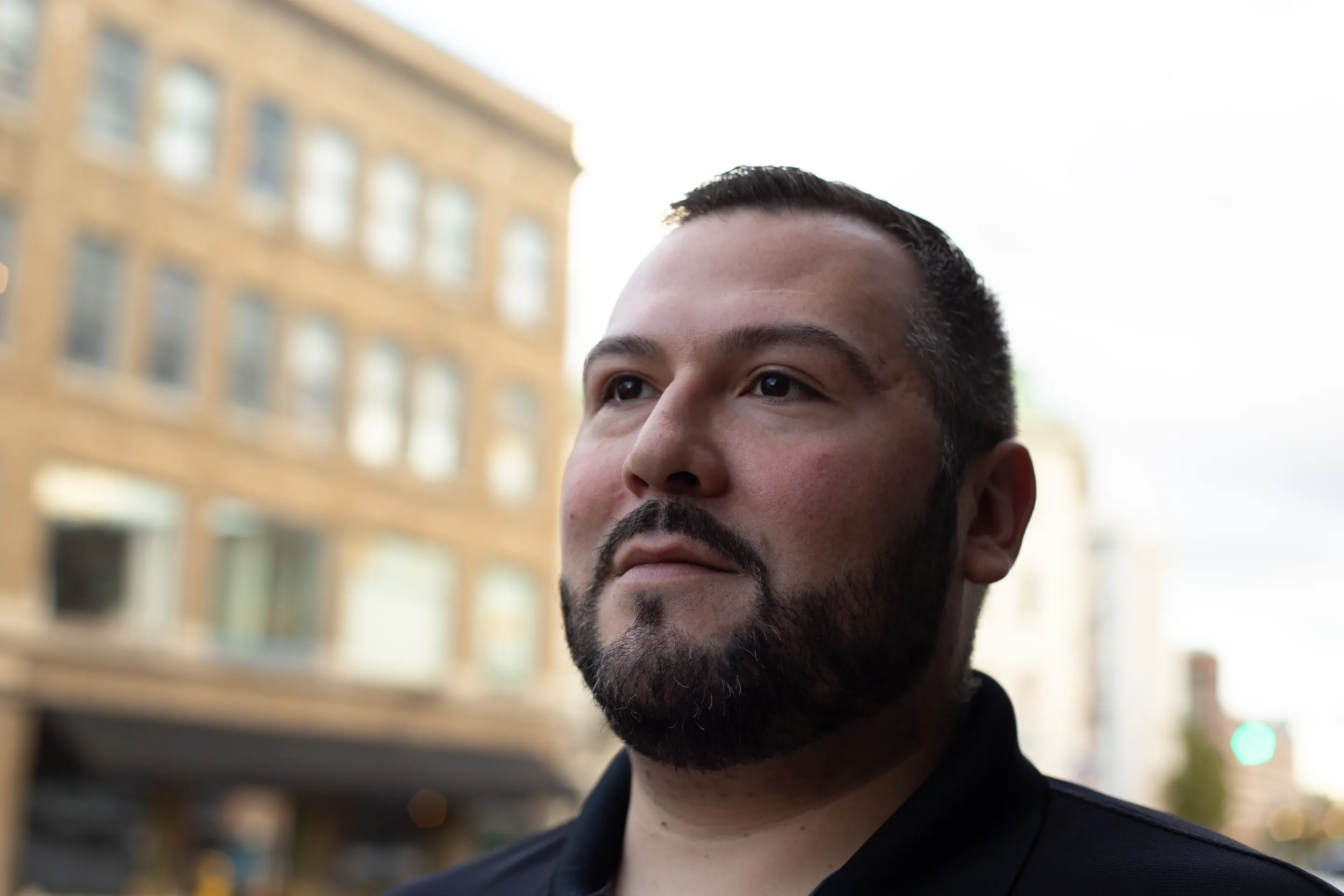
Jonathan Damon (Passamaquoddy) found recovery at WPHW. “A lot of it was our culture,” he told Native News Online. (Photo: Elyse Wild)
The lodge’s position in Millinocket is important, too, Knockwood said. The town sits at the base of 5,200 feet high Mount Katahdin — or “Great Mountain” in the Penobscot language.
“This is a sacred place for us, and we are going to bring our people here to heal. We’ve been coming here for thousands of years, up on that mountain, to heal. And we deserve to heal,” Knockwood said.
Jonathan Damon (Passamaquoddy), 33, told Native New Online that his addiction was driven by the abuse he and his brother faced in Maine's foster care system.
In 2022, after a period of sobriety, grief from the death of his Aunt drove him back into addiction. He turned to WPHW. Damon lived in the men's recovery home for nearly a year. There, he found solace in the culture he was separated from as a child and a place to process the generational trauma that drove his addiction.
"Every morning, we would have a smudge together, and sit in a talking circle," he said. " That home did something for me that nothing else was able to do. A lot of it was our culture, the atmosphere."
A Bridge Home
The power of cultural connection in recovery emerges through every WPHW program, from detox to long-term healing. The transitional spaces — recovery homes and peer support networks — are the bridge between treatment and independent living, allowing people to heal at their own pace and stay connected to their culture. In one of two recovery homes in Bangor, Jill Mitchell (Penobscot) oversees a program where residents begin each day with smudging ceremonies and talking circles. In the gardens, they grow sacred medicine plants. They make ribbon skirts and drums.
“It's just a beautiful thing to almost feel like you're home while you're going through this,” Mitchell said. She spent most of her career in healthcare administration and helped launch the first suboxone clinic on the Penobscot Indian Island Reservation. “A lot of the people that do come are from the reservation, so they are used to the big dinners on Sundays. They are used to just smelling the smudge going. We can offer a little bit of healing from home.”
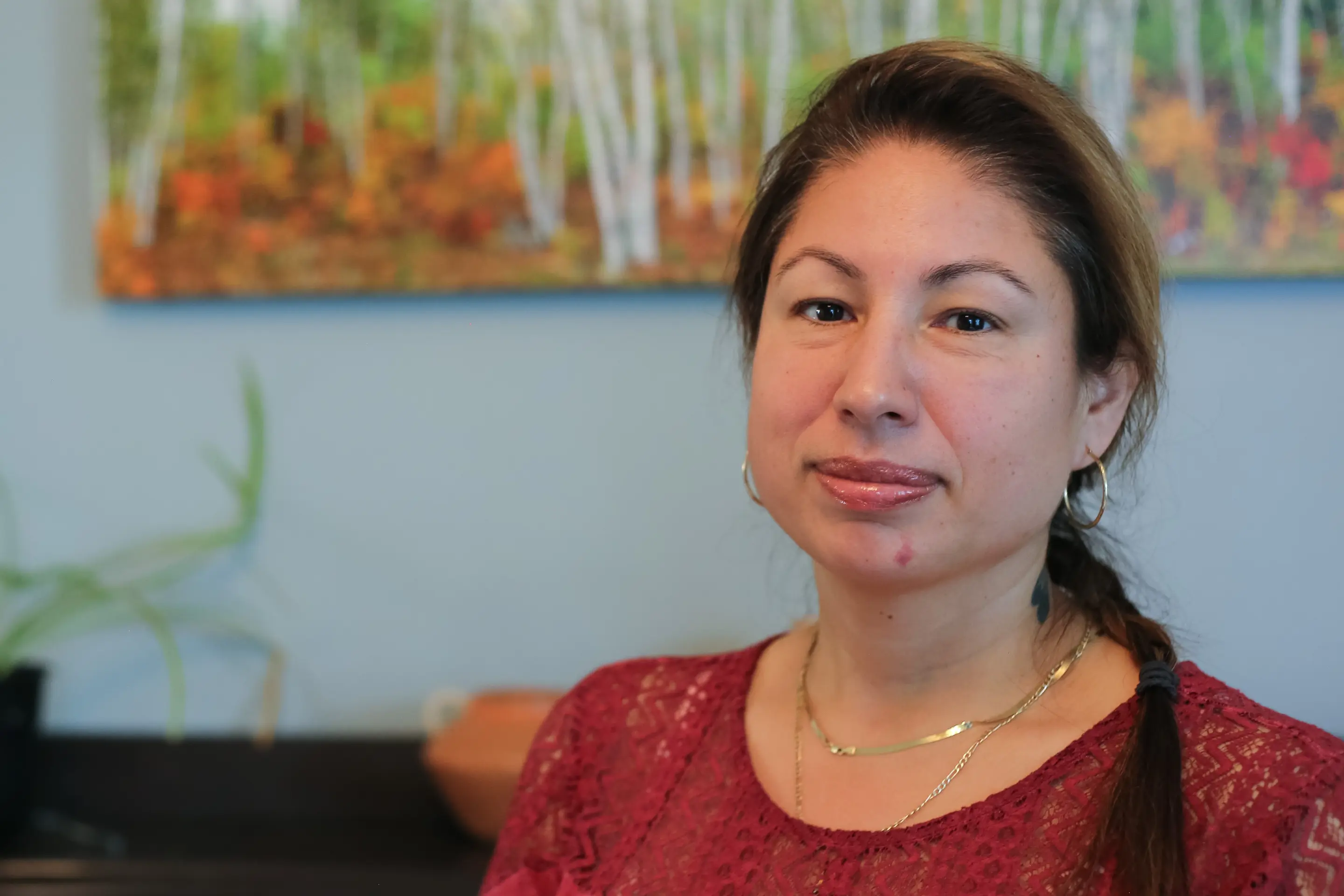
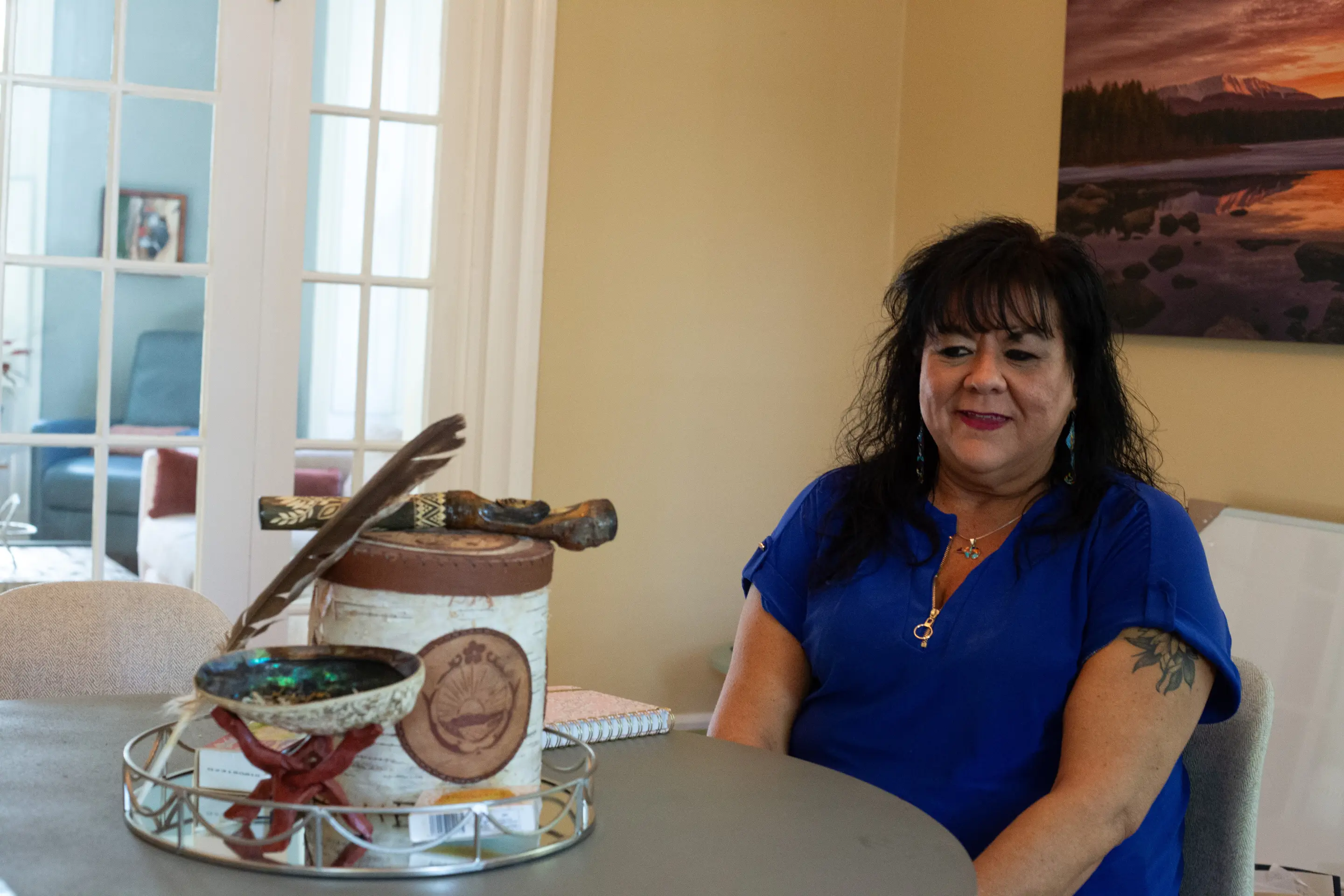
(L-R): Melody Paul (Mi’kmaq), a peer recovery coach for WPHW, helps others access treatment and reconnect with their culture. After years of addiction, she found recovery through the nonprofit’s culturally-centered programs. Jill Mitchell (Penobscot) manages WPHW’s recovery homes, where residents connect with cultural practices and traditions as part of their recovery. (Photos: Elyse Wild)
The healing extends to WPHW’s peer support network. Melody Paul, a citizen of M’kmaq Nation who runs 19 Wellbriety meetings each month across Maine, including three in state prisons, knows firsthand the importance of cultural connection in recovery. Nearly six years sober from opioids, she helps others access resources and connect with their heritage through WPHW’s culturally-centered programs.
“They understand our culture, they understand our needs,” she said. “Like our smudge — anywhere else that wouldn't be allowed — and ceremonies. They wouldn't understand.”
Back in Millinocket, next to a swatch of land nestled against the Penobscot River, Knockwood shuts off the engine in his truck and leans against the steering wheel to look out at a sweat lodge in the middle of a clearing. The trees are shedding their leaves, and it’s quiet but for the steady beat of raindrops.
“This is the Gathering Place,” he said. “This is where we have ceremony and come together.”
Encompassing 50 acres with two miles of walking trails, 40 campsites, a greenhouse, canoes and kayaks, traditional medicine plants, and a lodge. It’s a place of healing available at no cost to anyone on their recovery journey.
“Ceremony doesn't take place in a contained area, necessarily, in a contained period of time,” Knockwood said. “The real ceremony is life… Everyone deserves to heal.”
